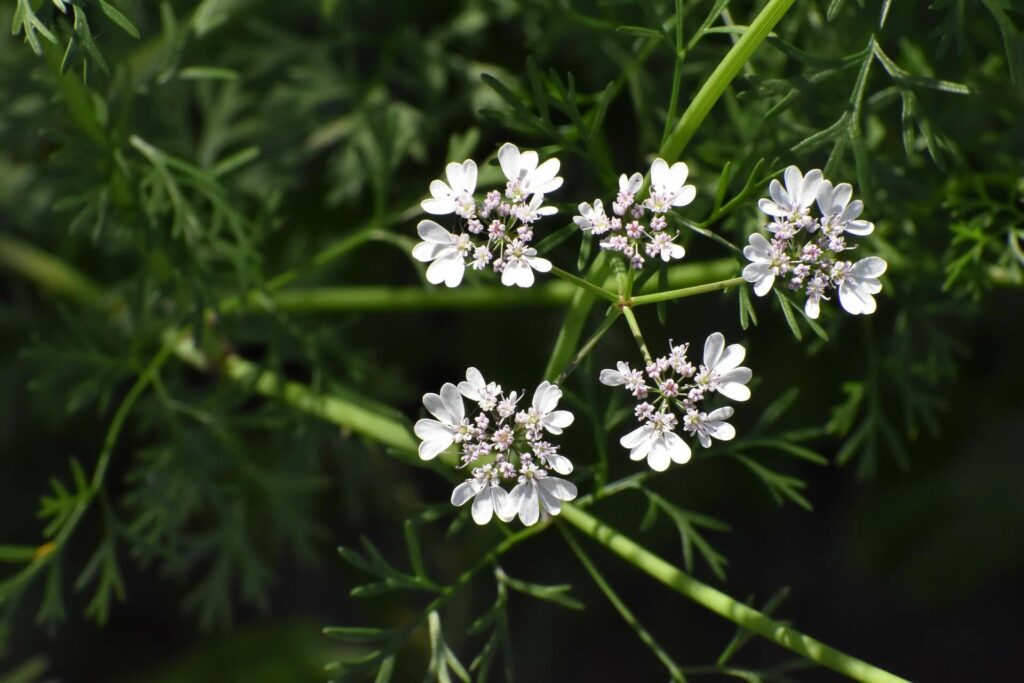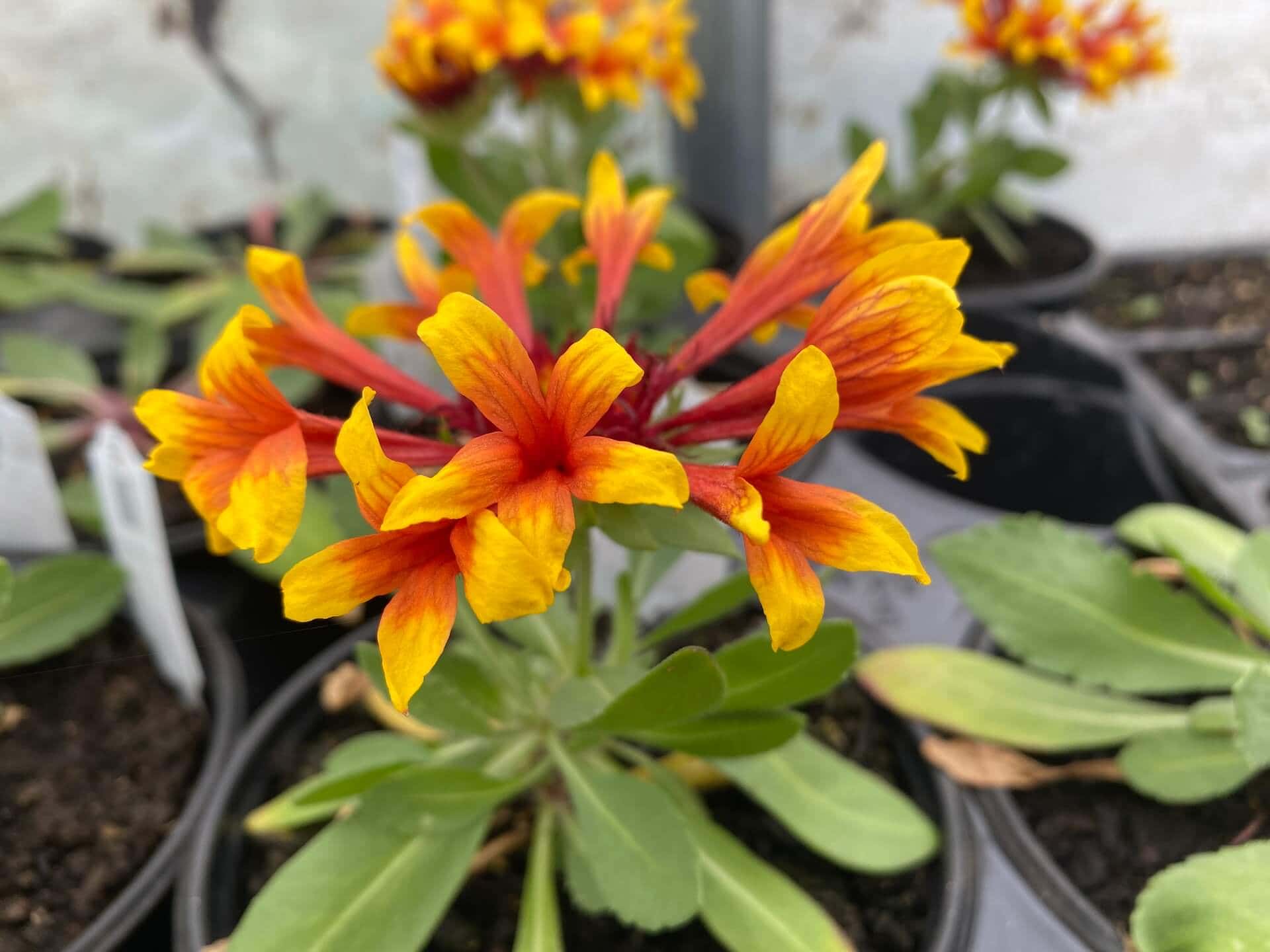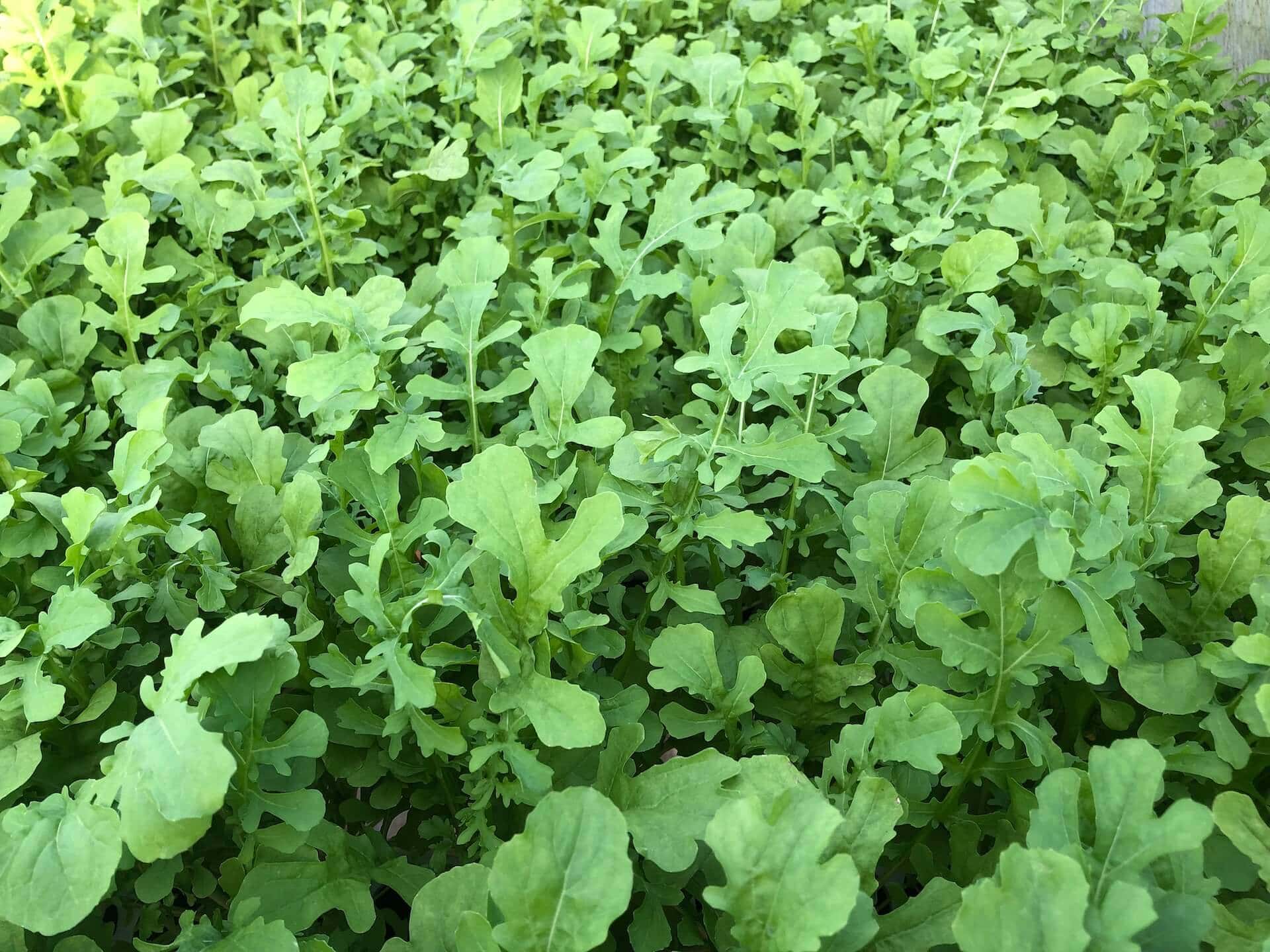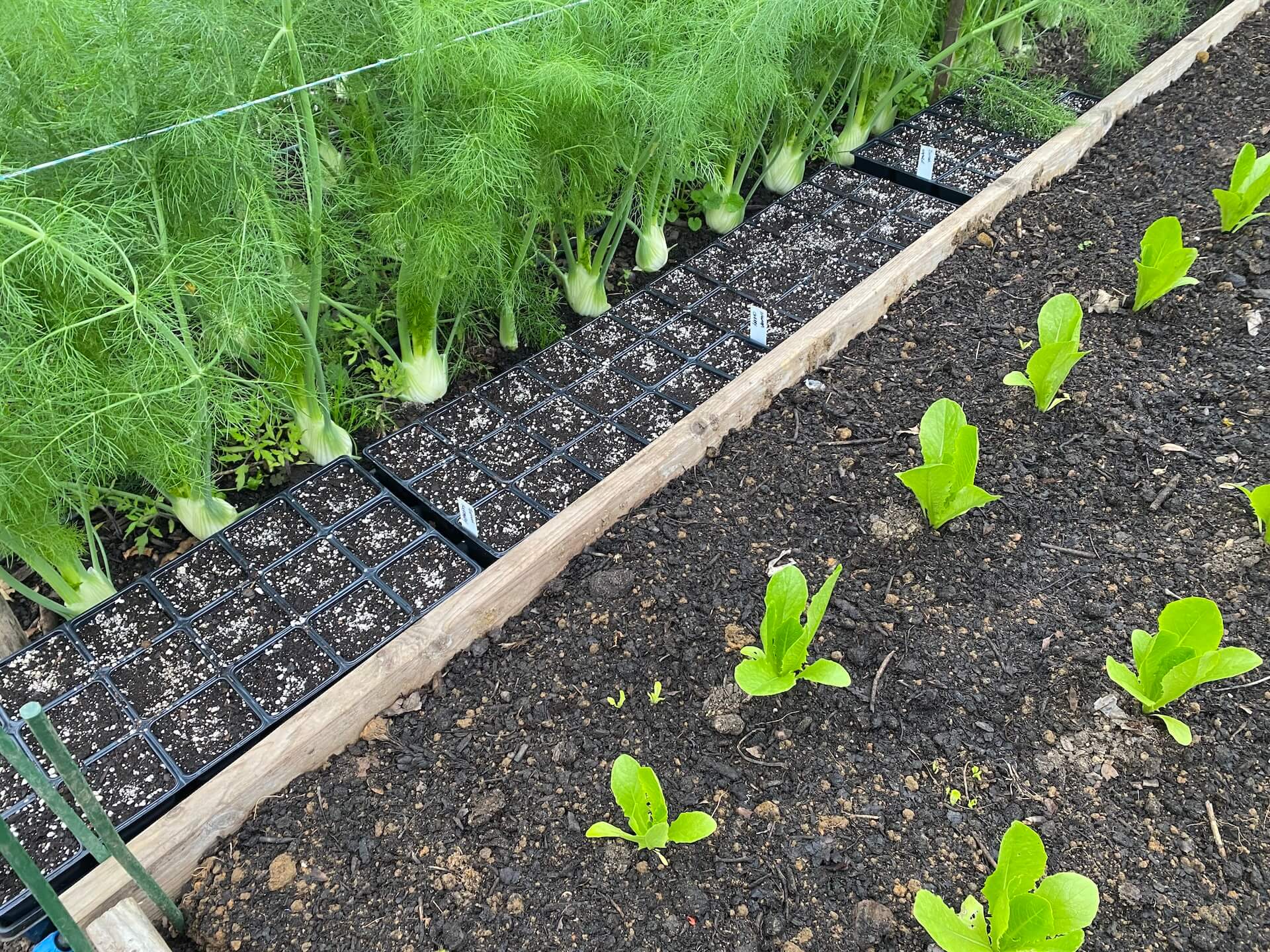This post may contain affiliate links. Probably doesn’t, but it might. It doesn’t cost you anything extra but if you use these links to buy something, we may earn a commission.

Link:
https://greenthumb.samcart.com/products/herbs
Every spring, people are ready to plant herbs in the garden. You want to be one of those people who know what they want. Basil and rosemary? You’ve heard of those. Thyme and parsley? Is that what you want? You look around and there is a vast selection. You already understand that herbs can be a good addition to a garden. Really, though, you want some herbs that are going to survive you because you don’t feel very confident about keeping the herb plants alive. You have tried some different herbs and it was a mess. Where did you go wrong?
Table of Contents
Why grow herbs? 1-2-3-4!
First, they add finesse to recipes with fabulous flavor. An easy way to look and taste gourmet.
Second, herbs are nutrient dense. Think of them as micro greens or mini greens. Lots of nutritional benefit, hardly any calories, and great taste. If you are on a low sodium diet, herbs are your friend. You can boost the flavor of any recipe without added salt, by using fresh herbs.
Third, several of these, such as cilantro, dill, and parsley, attract beneficial insects including pollinators such as butterflies and honey bees, as well as insects that eat other insects. We love our lady bugs, green lacewings, and assassin bugs!
Fourth, many herbs, particularly the perennials like oregano, chives, and sage, help deter pests such as rabbits and mice. It’s helpful to plant herbs at the edges of the flower and vegetable gardens or to inter-plant to help confuse critters that want to eat the results of your hard work.
Isn’t that fabulous? Herbs add a lot to your garden and to your cooking. Fragrant, flavorful, and good for beneficial insects, herbs are wonderful.
How much sun do herbs need?
Herbs are great at filling spots that don’t get sun all day, or you need a little ground cover, or you want to improve the pollination of your crops. Save the sunny spots for your tomatoes and peppers, and put the herbs in the areas where the vegetables struggle. You will be surprised at how well the herbs do. Although all of the herbs thrive in full sun—from sun up to sun down—they also flourish in half-sun or mostly shady areas. They are flexible in their sunshine requirements.
Your annual herbs are more picky about their sun and water than the perennial herbs. Generally, annual herbs will need multiple plantings in order to have fresh herbs throughout the season.
Which are the perennial herbs?
Perennial herbs are the ones which keep coming back year after year. You will plant once and harvest many years. Most of the herbs fall into the perennial category, and it’s helpful to know which ones they are. Mint, sage, chives, thyme, oregano, rosemary, lemon balm, and catmint are all hardy and reliable perennials in a wide range of growing zones. Rosemary is the touchiest, at zones 6-9, but the others are hardy to -20F.
Perennial herbs are more tolerant of a variety of conditions, whether a bit too much rain or a bit dry or hot, making them heat and drought tolerant. These are the herbs that will forgive you if you forget to water.
Which are the annual herbs?
To understand annual herbs, you need to know what it means when a farmer says the plant “bolts.” Bolting is when the plant sends up seed stems, which typically extend beyond the plant with small flowers covering the seeds. This is the signal that the plant is done and will no longer produce the leaves which you want. Your goal is to keep the herb plant from bolting and to harvest the leaves for as long as you can.
The annual herbs are some of the favorite herbs. While parsley is technically a biennial, meaning it will over-winter and then grow in the spring, parsley’s second spring lifespan is very short; as soon as there is a warm day, it bolts and is done. We always treat parsley as an annual and plant each year. Parsley is the hardiest and most reliable of the annual herbs. Weekly watering is essential to keep your parsley and any of the annual herbs growing well.
The other annual herbs are basil, cilantro, and dill. Basil thrives in sunshine and warm weather; in fact, it is very unhappy when the temperature is below 50F. Cilantro likes it cool, with temperatures between 45 and 75F. Over 75F and cilantro is ready to produce flowers and bolt. Dill is another moderate temperature herb, although it can handle heat better than cilantro. 80F-85F marks when dill starts to form seeds. You can still use basil and cilantro flowers, although the flavor is slightly different. Dill seeds are good to use in pickling recipes.
What if your herbs produce flowers?
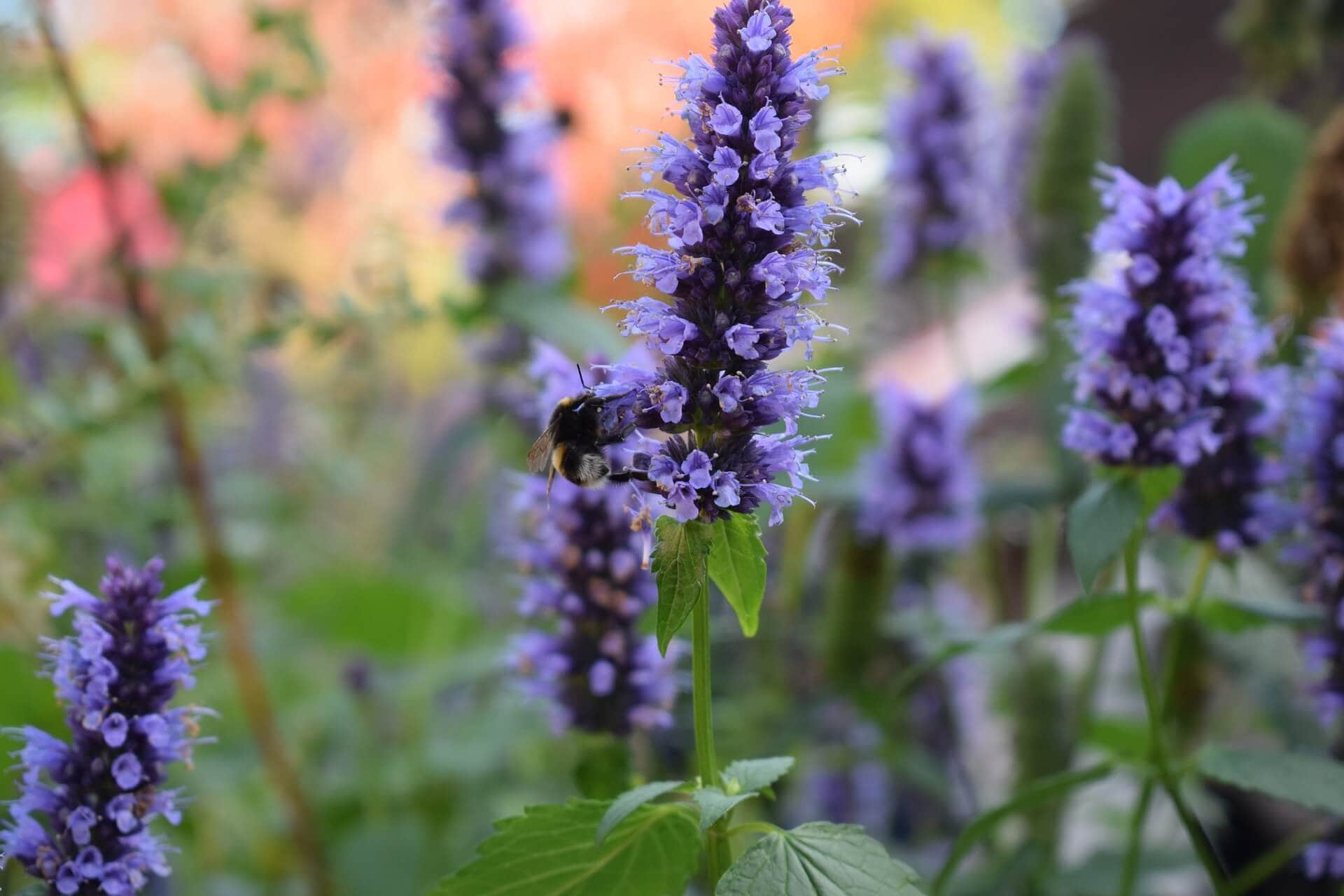
Herb flowers are divided into the perennial herb flowers and the annual herb flowers. Perennial herb flowers, such as thyme or oregano, can be used for cooking, adding to oils or vinegars, dried, or used in bouquets. After you cut the flowers, the herb plants have another growth phase and keep producing leaves for your use.
Here is a farmer’s tip: If your perennial herbs—sage, rosemary, thyme, oregano, mint, chives—produce flowers, don’t panic! You can harvest the flowers and use them in a lot of different ways. The flowers are great as an edible garnish, in bouquets, and used in recipes wherever you would use the herb. Many of the flowers dry easily. The herbs will continue to grow for you.
If your annual herbs—cilantro, dill, basil—produce flowers, that’s the plant letting you know it is almost done. Once the herb plants produce flowers, they will stop growing leaves.
How can you keep cilantro from producing flowers?
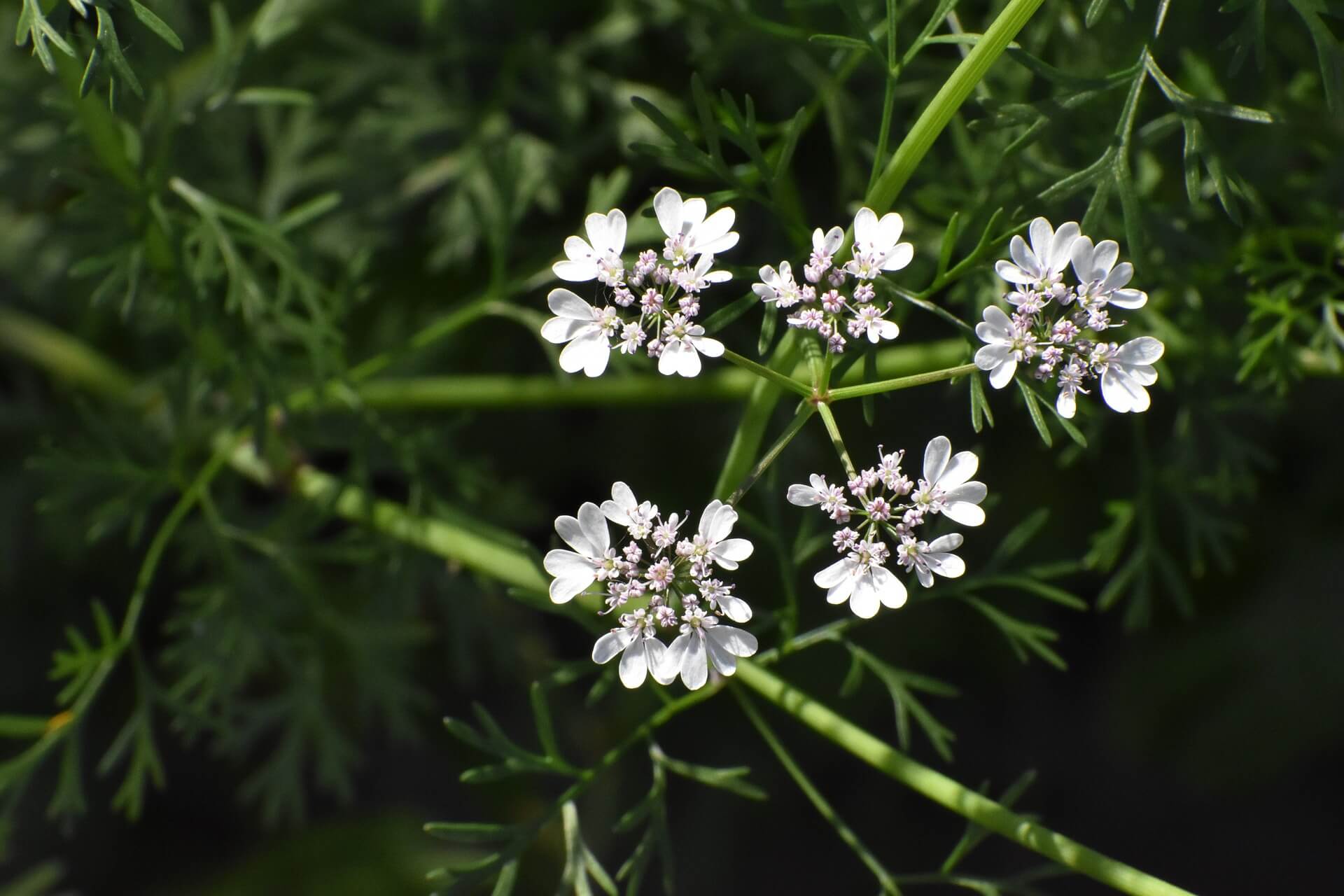
Annual herb flowers, such as cilantro, basil, or dill, signal that the plant is done. You can use the flowers. No matter how much you cut the flowers off, the plant will not produce more leaves.
It is a frustration for many gardeners that they cannot keep cilantro growing all season. There are three tips for dealing with cilantro.
First, cut it frequently, at least twice each week, and cut it to about 3 inches tall. It grows back very quickly.
Second, when it is hot—which for cilantro is over 80 degrees F.—the cilantro grows so quickly that it bolts and produces seeds. You can try cutting the cilantro before the heat comes, but if you have three days in a row of hot weather, the cilantro is done. You can still use the seed heads, but the flavor is usually a bit stronger. The seeds are called coriander, and can be used in cooking. Even if you cut the plant now, it will immediately bolt again and produce seeds. It is done.
Third, unless you live in a moderate climate with temperatures staying at 75 all summer, you will need to plant cilantro every month.
How can you keep basil from producing flowers?

Basil is another favorite herb which gives people fits. Generally, basil will last all summer and it does not need to be re-planted. The exception to that is if there is a lot of rain. Basil prefers the weather to be hot and dry, and it does not like to have wet leaves. When watering, be sure to water at the soil level.
If there are heavy rainstorms or an extended rainy spell, basil will easily develop mold problems. Remove any dying or sick looking leaves as soon as possible. Often, the mold has moved through the stems and branches and the whole plant will soon wilt and die. The only solution is to start new seeds or get a new plant. Be sure to plant in a different location as the mold can live on in the soil.
Harvest from your basil plant frequently to keep it from flowering and then going to seed. You will want to cut basil leaves at least twice each week. Every time you cut a stem, the plant will branch out from there. This keeps your plant producing more leaves all summer.
How hard is it to grow herbs?
Herbs are very straightforward in how to grow, with a few exceptions. At this point, you can see that this is possible, but you know you will benefit from some additional help. What should you look for in a course?
Look for experience, someone who has grown a diversity of herbs for over 10 years. The experienced grower has overcome all the weather and pest challenges that can happen with herbs.
Look for practicality. Unless you want to grow herbs as a decorative feature in your garden, you want to grow herbs so that you have enough for your culinary purposes.
Does the course cover details such as soil, plants, water, maintenance, and harvest? Each step matters to a successful herb garden.
Will you learn plant language, so that you know if your plants want more water or more sun? Will you learn which herbs are a bit tricky and which ones are reliable?
How much and how often to water is what determines success in the garden. “How often should I water?” is the most frequent question. The answer is frustrating, because it depends on the plant and the weather. Look for a course that covers that information.
Once you learn the basics of growing herbs, you will be able to expand your growing to all seasons if you want.
Planting is the easy part; maintenance is the challenge. Who wants to weed? Who wants wilted plants? Who wants plants that mysteriously died? No one you know, right? Make sure you will learn how to maintain your plants for success.
If this has been helpful, check out our courses at https://highlandorchardsfarmmarket.com/courses/ Growing something in the garden is good for you! We share how we grow on the farm in these courses.
Sign up for our weekly email for insider notes on fruits and vegetables, flowers, and farming.
About Highland Orchards: Completely surrounded by suburbia, our small farm has been growing beyond expectations since 1832, just north of Wilmington, Delaware.
Growing a wide variety of fruits, vegetables, and flowers, Highland Orchards provides true “farm fresh” for the community all year. If you want to shake the hand of the farmer who grows for you, here is the farm! With plants in the ground or under cover in tunnels, we grow for every season. A family farm, we have three different generations involved in running the farm right now.
Come see us to eat fresh, eat local, and eat well!
Happy growing and happy eating!
~Ruth
Additional resources:
Remember that your growing area will be different from others. We love learning from people all over the world, but the climate and soil conditions are unique to each area. A great resource is to talk to farmers or growers at your local farm stand, farmers’ market, or garden center. The growers will know which herbs grow easily in your area and which will take more work.
For general information, you can check out this blog on indoor growing from HGTV at https://www.hgtv.com/outdoors/gardens/garden-styles-and-types/13-easy-herbs-to-grow-indoors-pictures or this blog from Herbs at Home https://herbsathome.co/the-easiest-herbs-to-grow/.
Everyone has a different definition of easy, so don’t worry if you find a description of an herb more work than you want to do. You do not have to grow that herb.
